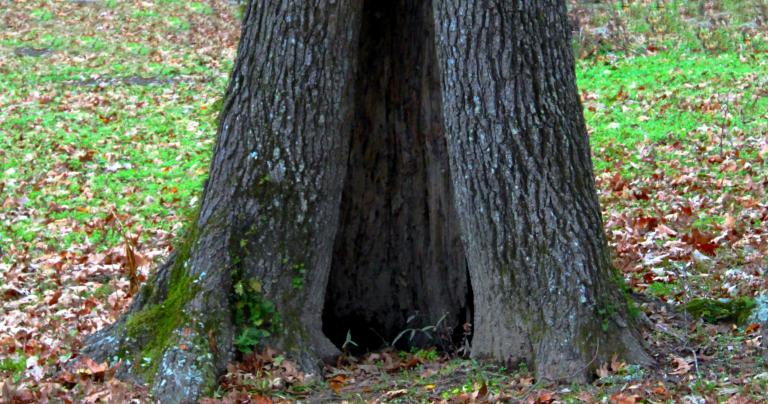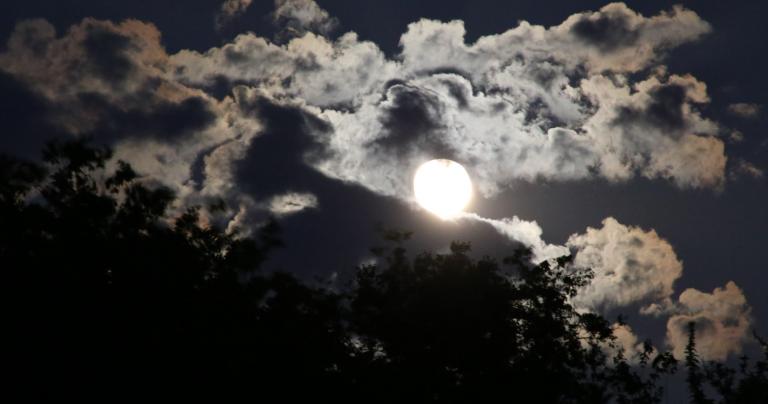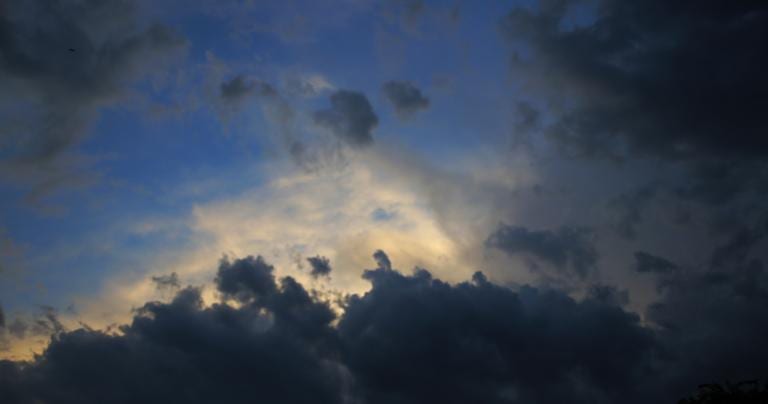I never had any intention of working with the Fair Folk.
As a Pagan, I wanted to worship the Gods, honor my ancestors, and live in harmony with the Spirits of Nature… and learn a little magic along the way.
Themselves had other plans.
Anthropology professor and fellow Druid Kimberly Kirner asked this question:
What is your perspective on the fae? Does your perspective come from scholarship, experience, or something else? What are your thoughts on working with them or not?
I work far more with fae (and have for much longer) than with Gods, but when I became a Druid and started reading about them, I found it curious that many Druids seem to avoid them entirely.
In anthropological terms, the fae are a “domain” that seem to vary much more in terms of how they’re conceptualized, understood, and interacted with than other spirit categories such as Gods, nature spirits, or ancestors.
I’ve written on this topic before:
The Re-emergence of the Fair Folk in the Ordinary World (March 2017)
Bargaining at the Goblin Market (June 2017)
Why The Fair Folk Aren’t Nature Spirits (April 2019)
Like Taking Selfies With an Elk: Approaching the Fair Folk with Ignorance and Arrogance (June 2019)
I’m not an expert on the fae. If you find this interesting, get Morgan Daimler’s book Fairies: A Guide to the Celtic Fair Folk. Read it, read Daimler’s other work, and read the source material they draw from.
But I am someone with some experience with the Good Neighbors (not a great deal, but some), and some thoughts about them. So while I’m tempted to let these previous posts speak for me, they don’t directly answer the questions posed. More importantly, I think these questions are worth discussing – because they’re becoming more and more relevant all the time.
Grounded in folklore
I came into Paganism knowing virtually nothing about the fae, and I didn’t learn much in my early reading and exploration. The only mention of them in my notes from the OBOD course is a line in my Ovate file, in the tree lore section: “it is said that fairies frequent aspen trees and use them to transmit their messages.” That’s it.
I started learning about them when I became friends with some local Pagans who cosplayed fairies at Renaissance fairs. They put a lot of effort into making their characters and costumes as faithful to folklore as possible. Their story is not mine to tell, except to say that in a couple of cases they attracted the attention of the persons they were portraying – persons who seemed pleased they were telling their stories without Disney-fying them.
About the time my polytheism began to harden, I started reading some of the stories of our ancestors and their experiences of the Fair Folk. I learned a few of them and told them at bardic competitions – or as children’s stories for UU Sunday services.
Folklore and scholarship about folklore is a good and necessary foundation. But my Paganism is ultimately based on experience.
Informed by first-hand experience
I’m pretty open about my ecstatic experiences of Cernunnos, the Morrigan, and other deities. Some things simply can’t be put into words, but for the most part I’ve tried to communicate what I’ve heard and seen and done in Their presence.
Things are different with the Fair Folk. I’ve told the story of them taking a pitcher of wine for themselves. I’ve told the story of encountering a fairy dog at Fourknocks in Ireland last year. But those are stories of things that happened in this world, even if they weren’t ordinary occurrences.
My spiritual encounters with the Fair Folk are on a need-to-know basis. They aren’t impossible to describe (though there is an element of ineffability to them) so much as I’m forbidden to discuss them in casual conversation. If you’re familiar with folklore this will come as no surprise – people who received gifts from the fairies and then bragged about them often lost them immediately afterwards.
I don’t want to imply that I’ve been taking tea with the Queen of Fairy every week or anything like that. For the most part my experiences have been few and mild. But my perspective on the Fair Folk is influenced every bit as much by my own experiences as it is by the experiences reported by others in folklore and scholarship.
What are the Fair Folk?
I certainly agree that there is more variation among the fae than among other spiritual beings. Trying to create a fairy taxonomy is far beyond my capabilities, and even if I could I’m not sure I would.
Although folklore says they have physical bodies, I see them as spiritual persons who occasionally take physical forms.
I like to think of all spiritual persons as existing on spectrum. There are Gods, ancestors, and the various Nature spirits. There are living humans and other persons with a physical presence in this world. There are the many fae.
These categories are loosely defined and loosely gathered, with more than a little overlap. Some Gods are also ancestors. While the fae are not Nature spirits, some Nature spirits are fae (I mean that as an example of set theory, not as a paradox). Some say the fae are the Old Gods driven underground with the coming of Christianity.
Ultimately, all we can say about the Fair Folk is that they are the Fair Folk. If you encounter any of them, assume you know nothing about them… because you probably don’t.
Working with the Fair Folk
I wrote Bargaining at the Goblin Market for this exact reason. Historically the Goblin Market is a marketplace by and for the fae which humans are advised to avoid. But now, more and more people are encountering the fae and are discovering that we have common interests – and common enemies. There are areas where we can and should work together for our mutual benefit.
But we should never assume that means they’re “on our side.” The Fair Folk are ever and always on their own side. Further, they’re not monolithic. The idea of fairy courts is beyond the scope of this post, but I think it’s safe to say that different groups of fairies have different desires and different priorities that sometimes put them in conflict with each other. Your bargain with one individual or group may mean nothing to another.
Further, I’m not sure how much any of us can choose to work with the Fair Folk. We can seek them out (though folklore says that’s not wise) but while Gods usually respond to overtures (eventually if not right away) the Fair Folk tend to be far less responsive… unless they want to respond.
Still, if you put yourself in a place where you’re likely to encounter themselves, you may find opportunities to work with them. As always, though, negotiate carefully, and do not promise what you cannot or will not do.
Opportunities in the Storm
In The Myth of Disenchantment Jason Josephson-Storm described how for at least the past 600 years people have said that fairies belong to a previous age and now they’re gone… at the same time they told stories of their own fairy encounters that would become folklore for future generations.
While people in the West occasionally talk about “re-enchanting the world” few if any of us are talking about how the Fair Folk belong to a bygone era. Instead, we’re talking about how we’re encountering fairies and negotiating with fairies and working with fairies.
This is one element of the Storm or Tower Time: the massive political, environmental, and metaphysical changes we’re seeing in our world. These changes have an Otherworldly component. My own UPG is that the Fair Folk see opportunities in the Storm and are positioning themselves to take advantage of them. Sometimes that means working with or even forming alliances with humans.
I see opportunities too.


















